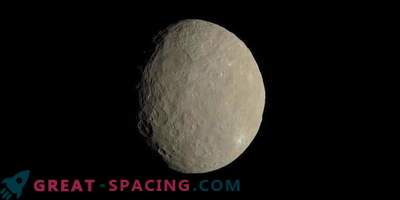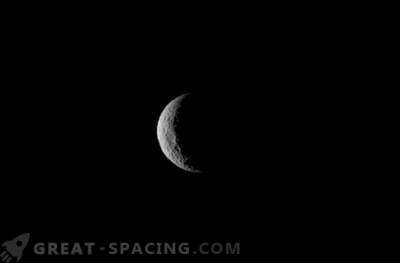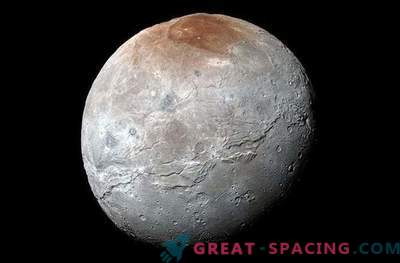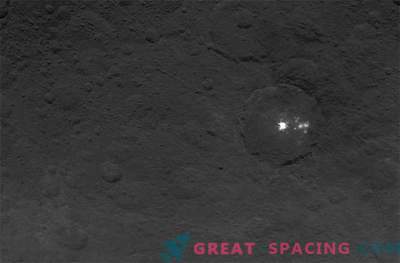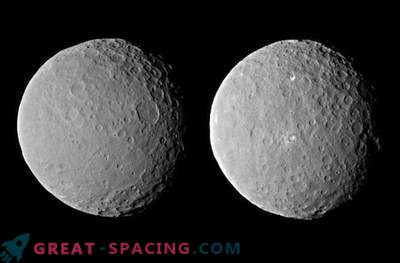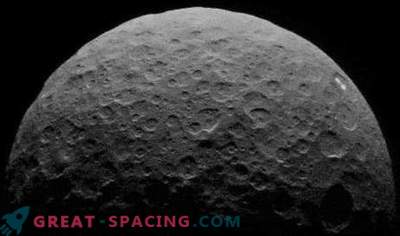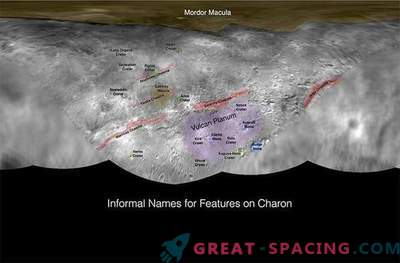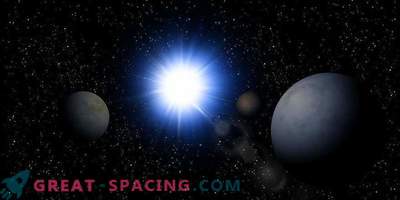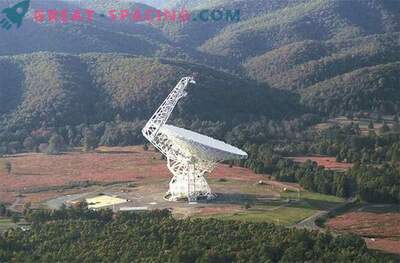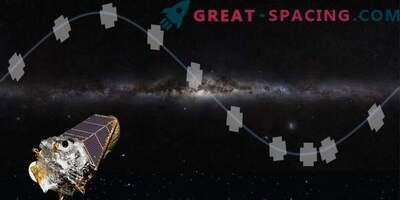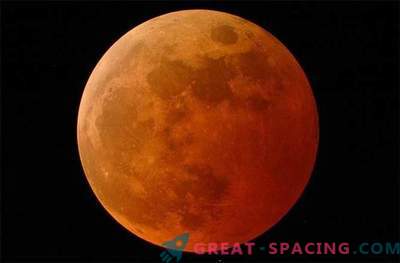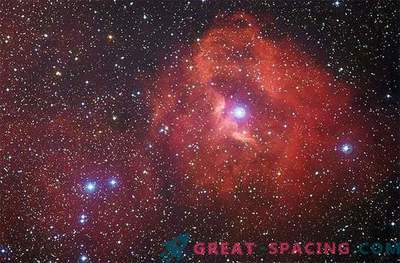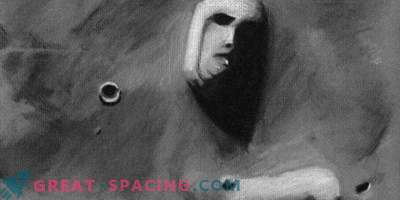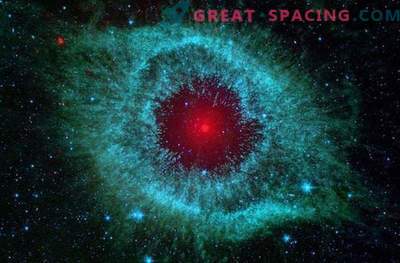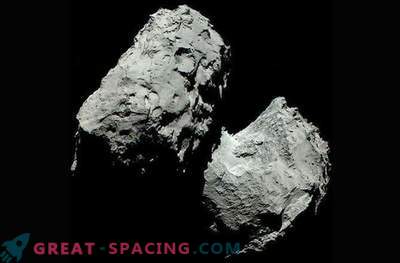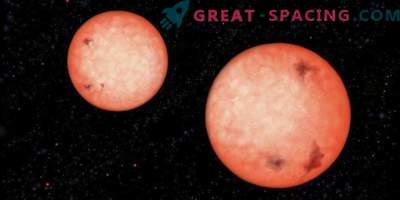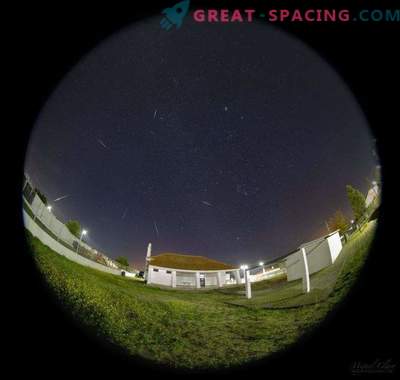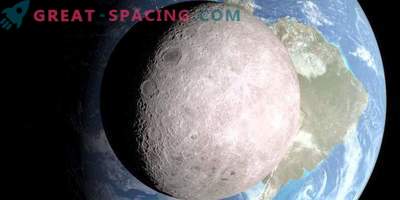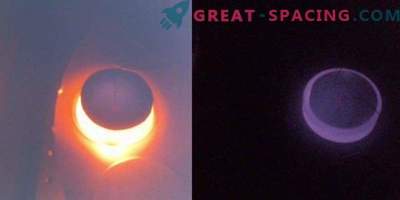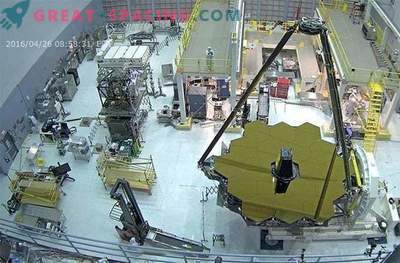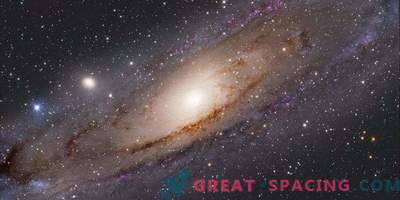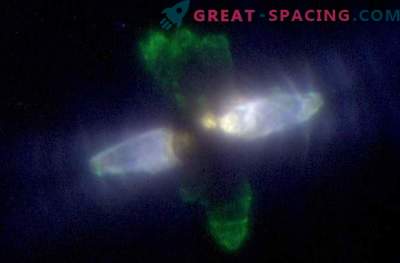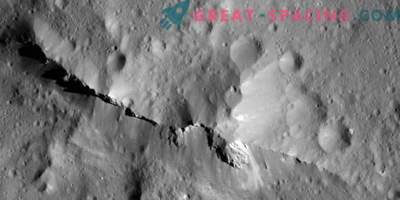The term "dwarf planet" was not defined until the notorious vote of the International Astronomical Union in 2006. This year, after 9 years, for the first time in history, we are beginning to receive close-up images of the two most famous dwarf planets of the solar system: Pluto and Ceres.
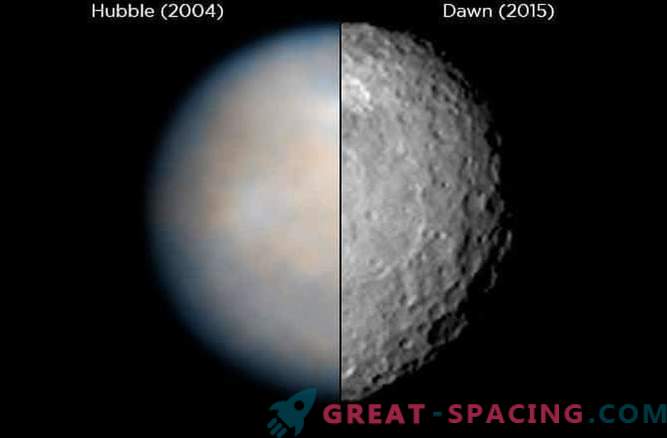
Now, moving to Ceres, the inner dwarf planet living in the asteroid belt between the orbits of Mars and Jupiter, NASA's Dawn spacecraft is slowly opening craters and the complex world of this world. Dawn plans to go into orbit around Ceres in March 2015, where he is destined to remain as a permanent human-made satellite of Ceres. A comparison of images of Hubble and Dawn is presented above. But Dawn is not the only spacecraft that will visit the dwarf planet this year. In July, NASA’s New Horizons mission will fly around Pluto and its satellite system, exploring the mysterious Kuiper belt.
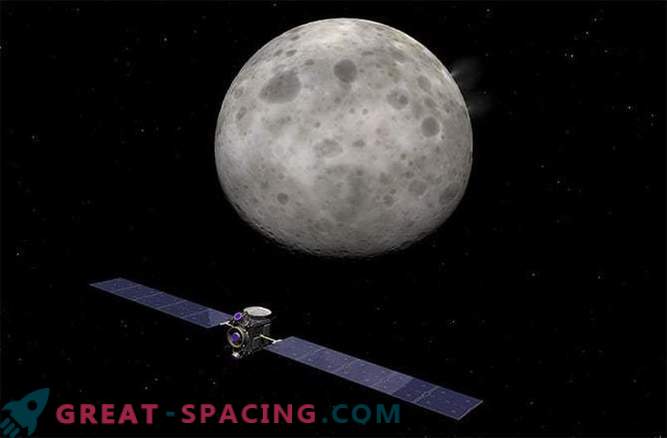
A graphic representation of the artist shows Ceres and the NASA spacecraft dawn, orbiting a dwarf planet.
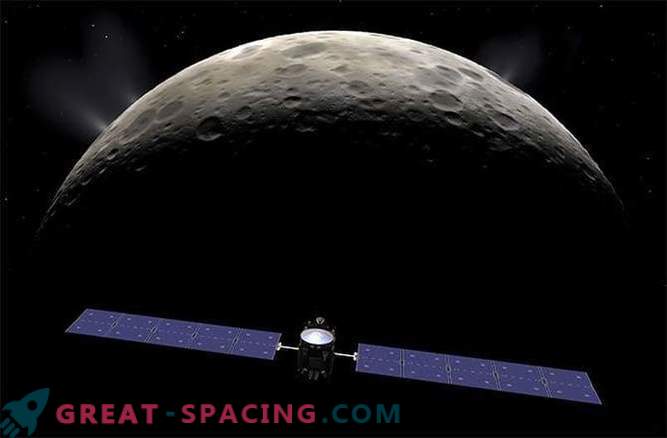
This image shows jets of water vapor escaping from the surface of Ceres. Jet of water vapor has already been discovered by NASA Hubble spacecraft last year. So Dawn will scrutinize the surface of the dwarf planet in search of this phenomenon.
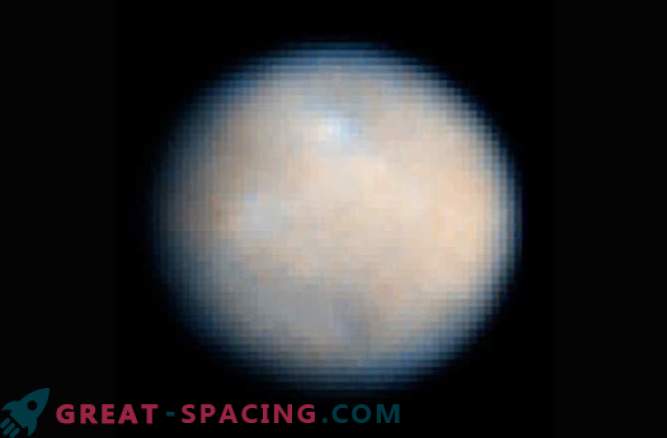
Photograph of Ceres taken by the Hubble Space Telescope.
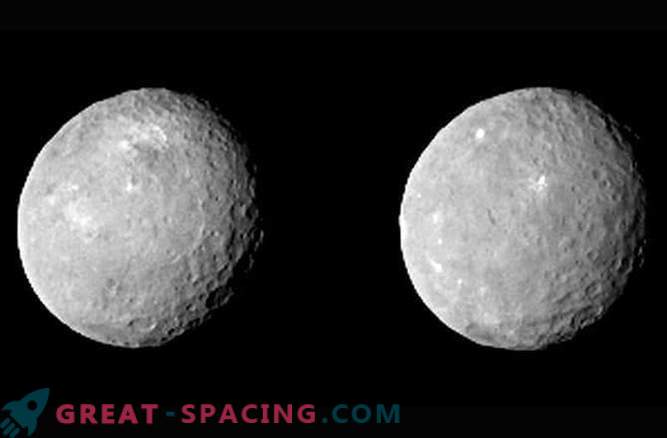
Now that Dawn is approaching the orbit of Ceres, we get more detailed images showing an ancient rocky surface. On the images you can see curious white spots - but what is it? There are plenty of theories, but the main conjecture of scientists is that this may be signs of groundwater escaping into space and frozen on the surface.
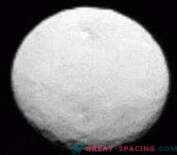
Dawn made a series of images of Ceres on February 4 to capture the animation of the movement of the dwarf planet.
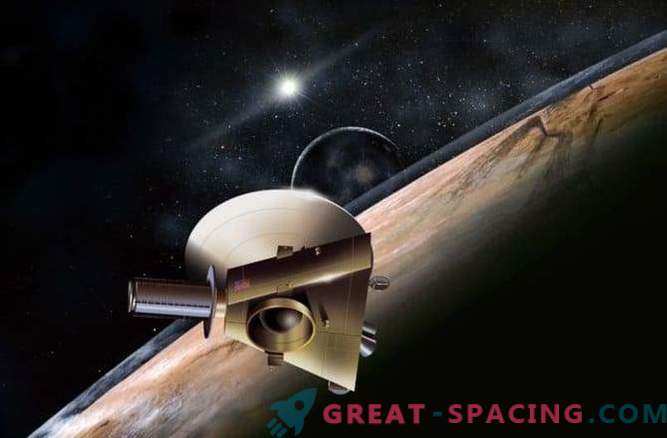
While Dawn is waiting for a meeting with Ceres, another drama begins to unfold in the outer part of the solar system. After 9 years of flying, the NASA New Horizons mission is preparing to meet with Pluto in July.
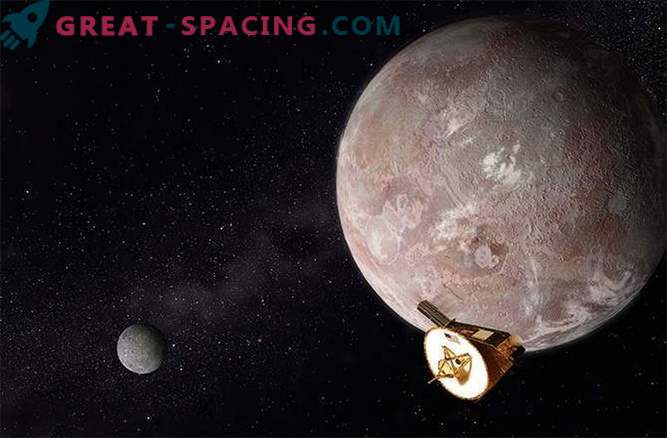
Pluto has a system of known satellites, the largest of which is Charon. Besides the fact that Charon revolves around Pluto, the dwarf planet itself revolves around a common center of mass. This dynamic was noticed by the mission as it approaches the ultimate goal.
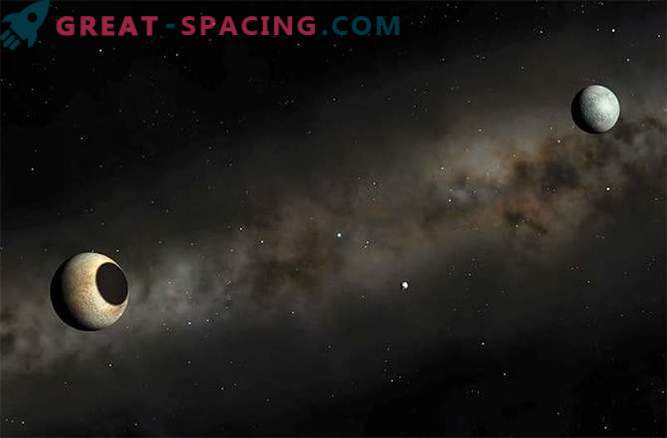
This artistic presentation shows how Charon’s satellite eclipses its parent planet.
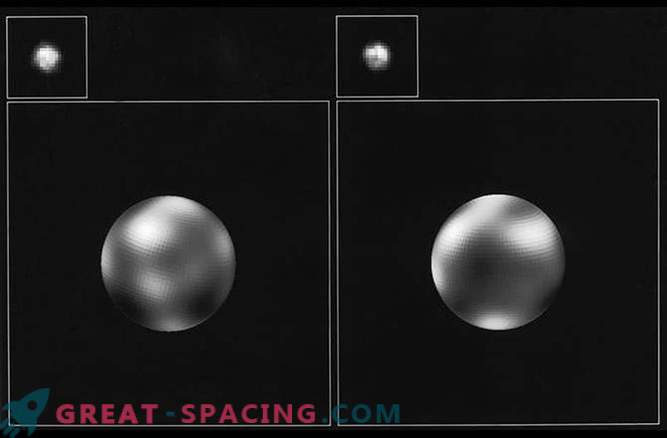
During the study of Pluto by the Hubble Space Telescope, various shades of the surface of a dwarf planet were identified. As shown in this image, different regions of the surface have different albedos (reflectivity), which may be evidence of huge craters, vast plains or mountains.
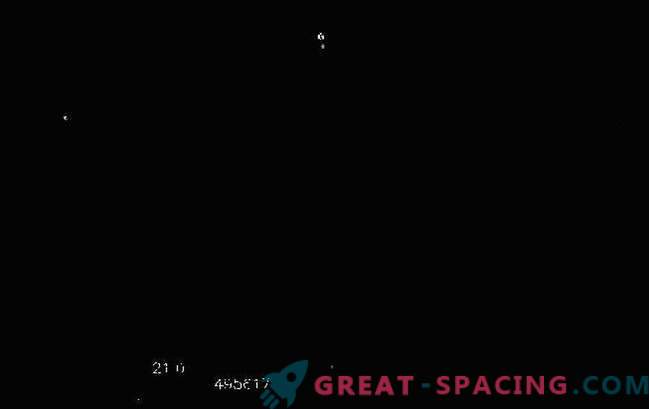
In July 2014, the NASA New Horizons mission looked ahead and saw its ultimate goal: Pluto and Charon. Although these points of light are rather small to judge their surface features, it is obvious that they revolve around a common center of mass, which is located near the surface of Pluto, known as the Pluto-Charon barycenter.
